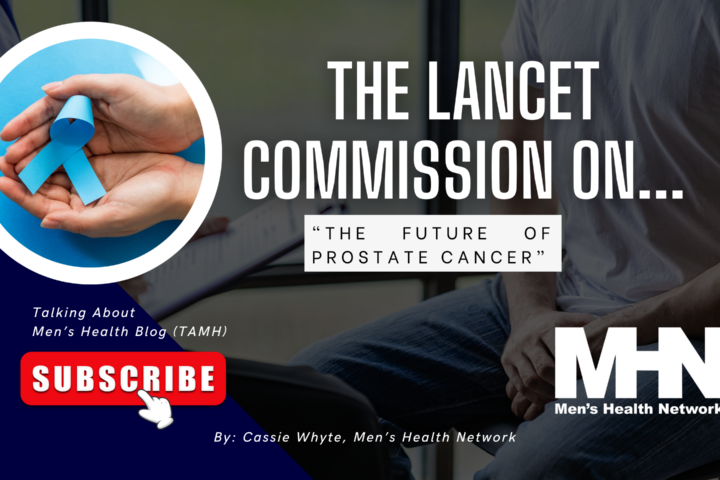Angry white male voters. Men’s boorish—if not criminal—behavior highlighted by the #MeToo movement. The backlash after the Kavanaugh hearings. These have provoked much talk about “male rage,” as if it is a single definable phenomenon concentrated among working-class white Trump supporters. This is simplistic and wrong. And it makes it more difficult to address the different shades of rage.
There is a lot of male rage in America today, but much of the discussion fails to see that there is a continuum of men’s anger and misogyny and that these attitudes are found among men of all social classes, all ages, and all races and ethnicities. These different shades of “rage” run the gamut from misgivings about changes in gender roles and norms, to discontent with various aspects of feminism, #MeToo, and political correctness, to resentment, hatred, and violence. Each shade has somewhat different causes.
The widespread assumption that these are mostly laid-off white guys with pick-up trucks and guns, or other emotionally mangled men is also wrong. There are well-off, well-educated men with good jobs, men of color, and young men who hold nuanced, negative attitudes toward women, as I found from talking to, hundreds of men throughout the country for my new book about men on the sidelines of American life. Traditional, or “toxic,” masculine beliefs that a “real man” should have as many sexual partners as possible or that women should be appendages in marriage and relationships unfortunately still shape the behavior of men of all classes and races.
Consider five different shades of how men look at women through a glass quite darkly.
The most extreme of these can be found among those who inundate the Internet with vile language and depictions of women and post threats and revenge porn. In the largely virtual “manosphere,” there are torrents of posts, Reddit feeds, and other messages that women are ruining men’s lives, that many invite sexual predation by how they dress, and that they are only good for sex. Here, among “incels” and “men going their own way,” vulgarity and misogyny abound. Such rage often stems from feeling rejected or victimized by women.
In the world of dating and mating, although most men simply want to find a loving partner, many troll online dating sites for quick sex, consensual and nonconsensual. In the hook-up culture and at high school and college parties, where assault and rape are not uncommon, such behavior—lubricated by alcohol and drugs—follows from a crude sense of entitlement that women exist largely to sate men’s lust.
Then, there are the many men who don’t believe, say, or do such things, but who believe that women have taken “our” jobs or have “double standards.” Many men complain that if men and women should be equal, why do men pick up the tab, why is it always assumed that the man is the perpetrator in cases of intimate partner violence, and why are fathers second-class parents at home and in the eyes of courts and employers? Although “the stereotype that women are the primary caregivers have more exceptions than they did 20 years ago,” according to Joseph Cordell, founding partner of the national family-law firm, Cordell & Cordell, a Pew Research Center survey found that Americans believe that women are better parents than men by a 53-to-1 margin. It’s not surprising that many men feel that they’re not getting a fair shake.
Generally higher up the socioeconomic ladder are a striking number of men who told me that they support feminism, but who denounced what they vaguely called “radical feminism.” As one young white man told me: “Radical feminism teaches that men are the enemy.” While the National Organization for Women (NOW) has played a heroic role in promoting gender equity, when NOW posts an article, “California Family Courts Helping Pedophiles, Batterers Get Child Custody,” as it did last year, it’s understandable that men feel like they’re the enemy and they fight back. This type of “rage” has roots in the belief that feminism has been good for women, but has had bad, or at least ambiguous, effects on men.
Finally, many men, especially those in supervisory roles, feel afraid to be alone in an office with a female subordinate or pat on the back women who are co-workers or fellow students. Otherwise liberal men feel confused and bitter about how to interact with women. While colleges—and society—have no place for genuinely demeaning comments, political correctness (PC) in academia and the idea of “micro aggressions” have led many men to fear that they will express a “wrong” opinion about women or be accused of harassment.
Of course, many if not most men support, or are content with, gender equity and are disgusted by other men’s vulgar beliefs and behavior that is sexual assault or harassment.
True “male rage” is hateful and disgusting, but it is crucial to understand that there is a broad spectrum of men’s beliefs, behavior, and feelings. To achieve a less sexist and misogynistic culture, we need to address each shade differently—from tougher crackdowns on the most extreme views and actions to adopting new norms so that many men don’t see green lights to assault and hate and so that many men aren’t shunted aside as fathers or are so uncomfortable in today’s hard-to-navigate sea of contemporary gender relations and identity.




